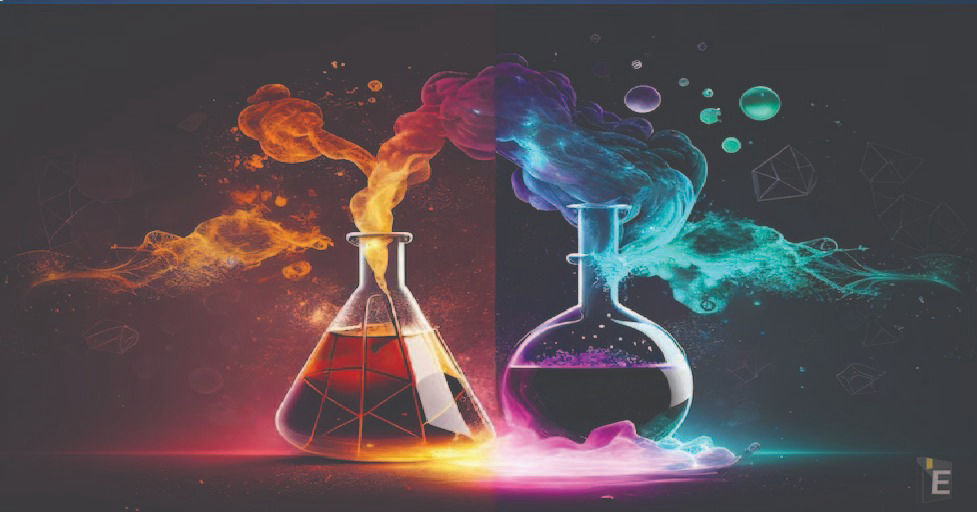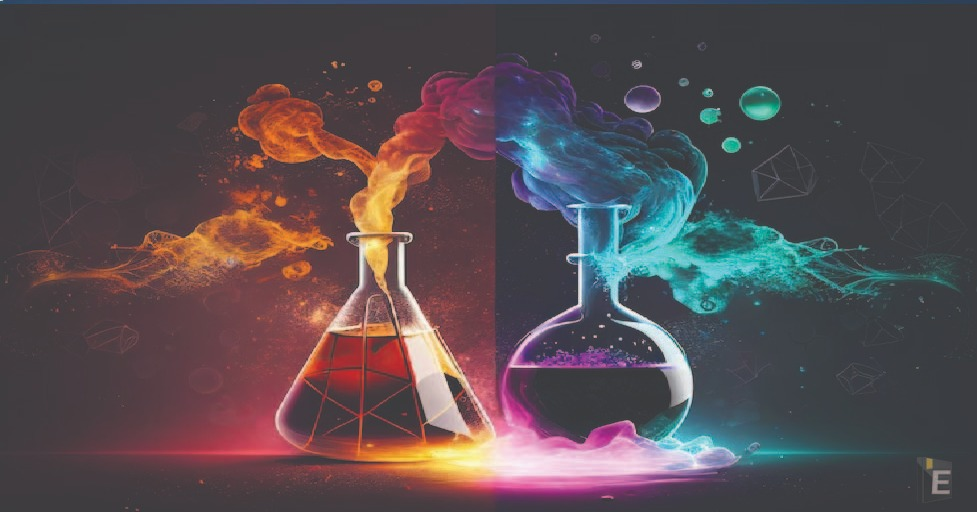


Who used the word histology for the first time?
(A) Memon
(B) schleiden
(C) robert hook
(D) Mayor
In the human body, tail is attached to which structure?
(A) small intestine
(B) colon
(C) stomach
(D) gall bladder
In humans, the tailbone, also known as the coccyx, is a small triangular bone located at the base of the spine. It is made up of three to five fused (joined together) vertebrae and is the remnant of a tail that our evolutionary ancestors used for balance and communication. The coccyx is not attached to the colon; rather, it is a part of the vertebral column and provides support for the pelvic organs.
To accomplish which action is dialysis used?
(A) Lungs
(B) liver
(C) Heart
(D) kidney
Dialysis is used to accomplish the action of kidney function. It is a medical procedure used to remove waste products, excess salts, and fluids from the blood when the kidneys are no longer able to perform these functions adequately. Dialysis helps maintain proper electrolyte balance and removes toxins from the body, which are essential roles of healthy kidneys.
What is the end product of anaerobic respiration?
(A) fumaric
(B) pyruvic acid
(C) lactic acid
(D) Water
lactic acid is one of the end products of anaerobic respiration in humans and some other organisms. During anaerobic respiration, which occurs in the absence of oxygen, glucose is partially broken down to generate energy. In the absence of oxygen, cells can convert pyruvate, a product of glycolysis, into lactic acid. This process, called lactic acid fermentation, helps generate energy in the absence of oxygen but also leads to the accumulation of lactic acid, causing muscle fatigue and soreness.
occurs in the human eye?
(A) concave lens
(B) convex mirror
(C) convex lens
(D) concave mirror
convex lenses are used in the human eye to help focus light onto the retina, allowing us to see clearly. The natural lens in the human eye is flexible and can change its shape, allowing it to adjust the focal length and focus on objects at different distances. This process is called accommodation and is essential for clear vision.
What type of light beam is obtained from torch?
(A) parallel beam
(B) convergent beam
(C) diverging beam
(D) all of the above
A torch emits a divergent light beam, where light rays spread out as they move away from the source. This spreading allows the flashlight to illuminate a wider area, making it useful for various tasks. Divergent beams are common in flashlights, ensuring efficient coverage and visibility in the dark.
Which mirror is used in solar cooker?
(A) convex mirror
(B) plane mirror
(C) concave mirror
(D) None of these
A concave mirror is used in a solar cooker. Specifically, a concave mirror focuses sunlight onto a small area, increasing the intensity of the sunlight and generating heat. This concentrated sunlight is then used for cooking in solar cookers, harnessing solar energy for practical applications.
What is the image formed by a plane mirror?
(A) real
(B) Dreamy
(C) Reverse
(D) None of these
The image formed by a plane mirror (also known as a flat mirror) is called a "virtual image." A virtual image is an image that is not real but appears as if it were. It is formed behind the mirror, and it appears to be the same size as the object being reflected. This image is upright (erect) and reversed from left to right, but it is not a tangible object; it exists as a result of the way light rays reflect off the mirror's surface.
Is a mirror always an erect image of a real object?
(A) flat, convex, concave
(B) flat, concave
(C) Convex Concave
(D) flat, convex
Flat Mirror (or Plane Mirror): Reflects light without distorting the image. The image formed is erect (upright) and of the same size as the object, but reversed from left to right.
Convex Mirror: Also produces an erect image. The image formed is virtual (cannot be projected onto a screen), smaller than the actual object, and upright.
Both flat and convex mirrors can create upright (erect) images of real objects.
Why do cat's eyes glow at night?
(A) because of the special lens
(B) no clear cause known
(C) due to gene effect
(D) due to tapetum lucidum
Get the Examsbook Prep App Today